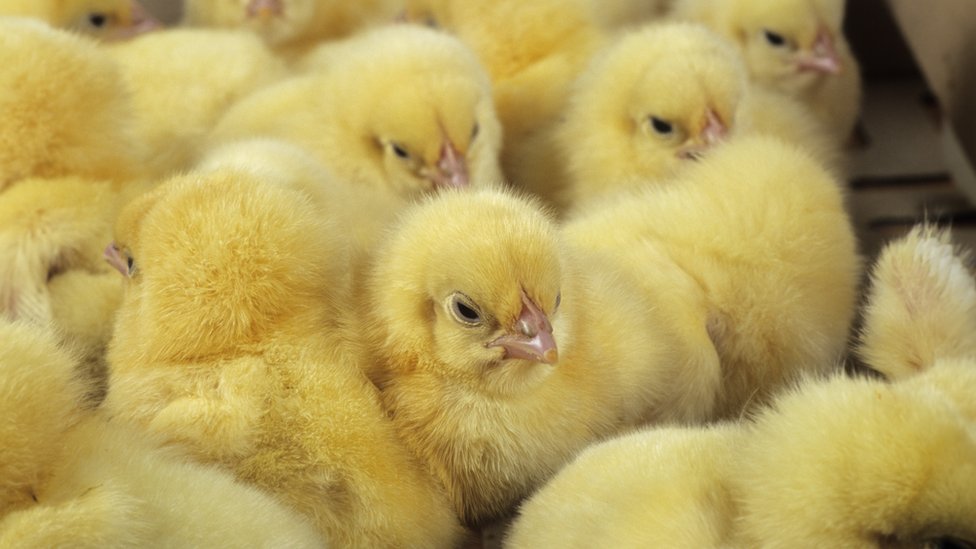The use of gene-edited sex selection could help animal suffering

Scientists created female-only and male-only litters of mice using gene-editing technologies.
Hundreds of thousands of unwanted mice used in research could be saved with this method. According to the researchers, it could also save millions of male hens in the UK from being slaughtered because they don’t lay eggs.
In England, the government is considering enabling the livestock business to employ gene editing.
The method, described in the scientific journal Nature Communications, deactivates a gene involved in embryo development.
The mechanism can be set to activate for either male or female embryos at a stage of development of 16 to 32 cells.
The researchers believe the technology may be used on farm animals, and they are in talks to set up scientific pilot trials with the Roslin Institute near Edinburgh, which is a world leader in livestock gene editing.
However, in the short term, the new procedure could reduce the number of lab mice killed because many medical investigations require either males or females.
The sex chromosomes determine whether a mammal is male or female. Females have two sets of X chromosomes, one from their mother and one from their father. Males, on the other hand, have one mother’s X chromosome and one father’s Y chromosome.
By deactivating a gene, the researchers were able to block XX or XY mouse embryos from developing, preventing them from progressing beyond a very early stage of roughly 16 to 32 cells.
They were able to select for sex by inserting one half of the gene-editing molecule Crispr-Cas9, which deactivates the gene, into the mother’s DNA and the other half into the father’s X or Y chromosome, depending on which sex was needed.
Only by bringing both pieces of Crispr-Cas9 together can the gene be disabled.
If the father’s half of the gene-editing molecule was on his Y chromosome, the resulting XY male embryo would have both portions of the molecule that deactivates the gene, halting continued development. On the other hand, female embryos that did not inherit the molecule from their father would develop properly.
Half of the Crispr-Cas9 is anchored on the father’s X chromosome in an all-male litter.






